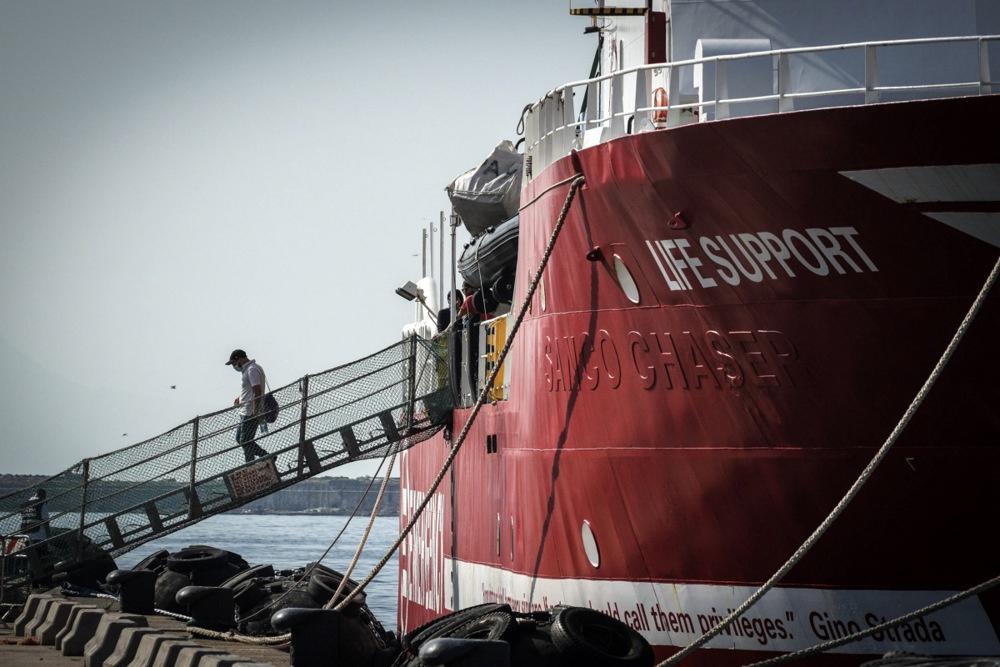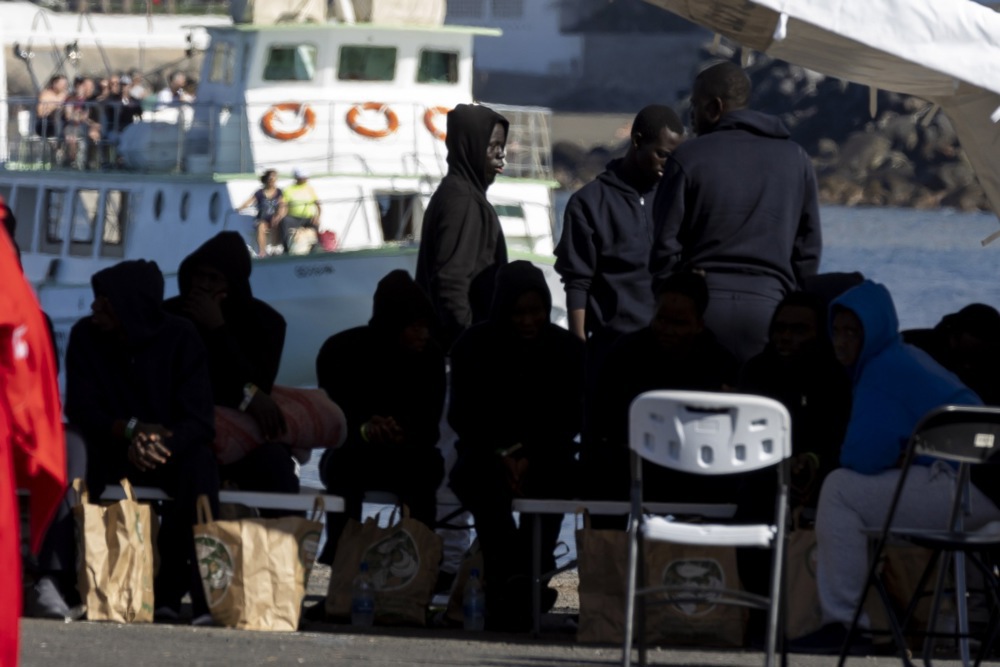Irregular border crossings into European countries in the first two months of 2025 have gone down by 25 per cent compared to one year ago, according to European Union border agency Frontex.
The Western Balkans experienced the steepest drop, with 64 per cent fewer illegal migrants trying to enter.
While most migrant routes saw a decline in arrivals, the Central Mediterranean route experienced 48 per cent more illegals crossing the border.
But, at 6,863, the figure was still well below the numbers of 2023, when almost 12,000 people illegally crossed the border between January and February.
Nevertheless, the Central Mediterranean route has remained the second-most active migratory route into the EU, according to Frontex.
People-smugglers operating from Libya, the main departure point along this migration route, have increasingly utilised powerful speedboats to evade authorities. Individuals seeking passage must pay between €5,000 and €8,000 per person for a sea crossing, experts have said.
Bangladeshi nationals continued to dominate this migration route, often exploiting formal employment agreements between Libya and Bangladesh to gain legal entry before attempting the dangerous sea crossing, the border agency noted.
? Situation at the EU external borders Jan-Feb 2025
? Irregular border crossings fall 25% y/y
⚠️ Western African route accounts for nearly a third of all arrivals
? Central Mediterranean with the highest increase
? Western Balkans see the biggest drop… pic.twitter.com/Q4tQnm9ZOA— Frontex (@Frontex) March 14, 2025
The biggest contingent of people, 7,182, came via the West African route. That was 40 per cent fewer than the same period last year. Most migrants came from Mali, Senegal, and Guinea.
The highest number of nationalities declared overall were Afghani, Bangladeshi and Malian.
The Eastern Mediterranean emerged as the third-busiest migration corridor into the EU, recording nearly 6,500 arrivals. Detection numbers on this route fell by 35 per cent compared to the previous year.
Following a peak of approximately 6,700 detections in October, pressure along this route has gradually decreased during winter months, with February registering 2,750 detections.
Most illegal migrants in the Eastern Mediterranean were from Afghanistan, Egypt and Sudan.
Migrants have continued to risk their lives during sea crossings, with many depending on organised criminal networks to facilitate their journey.
According to International Organisation for Migration (IOM) estimates, 248 migrants perished at sea during January and February alone. Throughout last year, the figure reached 2,300, highlighting the devastating human toll of these dangerous routes.
Along the Channel route, migration attempts into the UK decreased by 28 per cent compared to last year, with just over 4,400 detections recorded.
Brussels has adopted a new stance on migration – reforming the system of repatriation to make it more in line with Italy’s policies under the country’s Prime Minister Giorgia Meloni. https://t.co/iHZNWrq3Kw
— Brussels Signal (@brusselssignal) March 12, 2025





